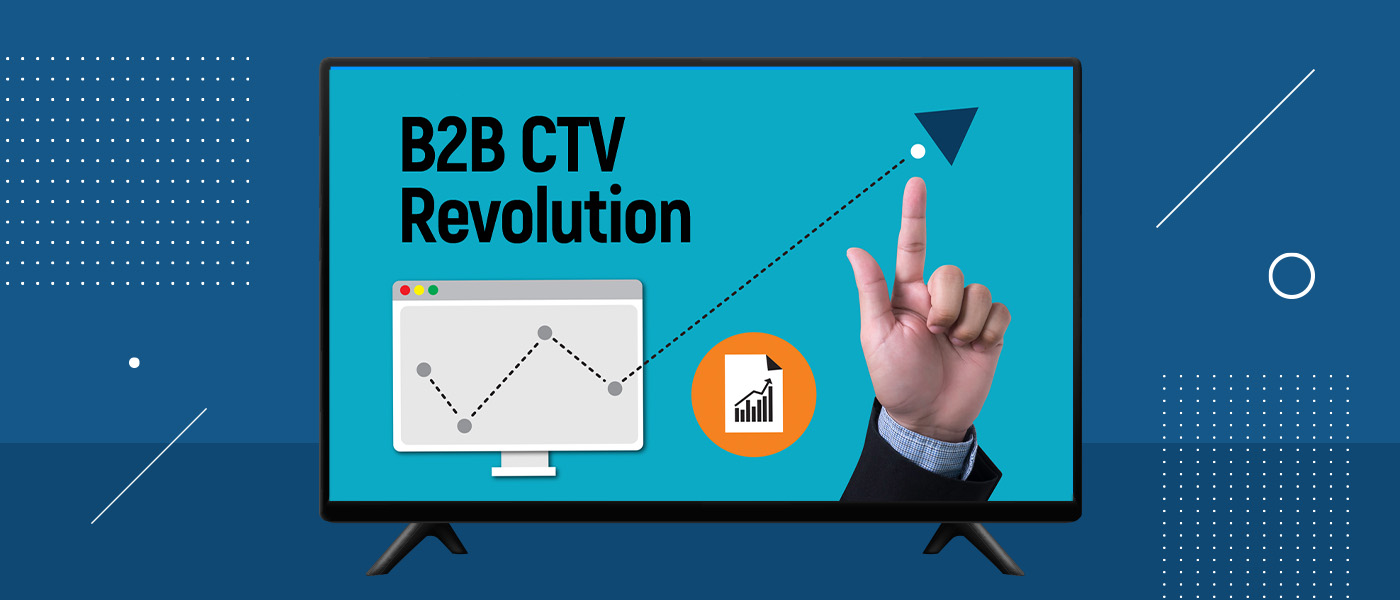
Adapt or Innovate: Publisher Monetization Strategies in the E-commerce Landscape
ThePubverse Team | September 27, 2023
The Middle East and North Africa (MENA) region have witnessed a remarkable transformation in the e-commerce landscape over the past decade. As digital technology continues to reshape the way consumers shop, publishers find themselves at a crossroads, needing to adapt or innovate their monetization strategies. In this 1200-word article, we explore the MENA e-commerce ecosystem, the challenges faced by traditional publisher monetization models, and the opportunities presented by diversifying with e-commerce marketplaces. Additionally, we delve into the importance of catering to Gen-Z audiences in today’s digital age.
The MENA E-commerce Boom
The MENA region has undergone a digital revolution, with more consumers turning to online platforms for their shopping needs. Factors such as increasing internet penetration, the proliferation of smartphones, and the convenience of e-commerce have contributed to this boom. With the digital landscape evolving rapidly, publishers have a unique opportunity to capitalize on the e-commerce surge.
The Publisher Ecosystem in MENA
Publishers in MENA have played a vital role in shaping the digital landscape. They create and distribute content, engage audiences, and drive traffic to their platforms. However, traditional monetization models that have served them well for years are now facing limitations.
The Limitations of Traditional Publisher Monetization Models
1) Ad Fatigue: Consumers are inundated with digital advertisements, leading to ad fatigue. Many users resort to ad-blockers, resulting in reduced ad impressions and decreased revenue for publishers.
2) Subscription Fatigue: While subscription-based models provide a steady income stream, the market can become oversaturated. Consumers may resist subscribing to multiple services, limiting a publisher’s potential audience.
3) Limited Revenue Streams: Relying solely on advertising or subscriptions restricts revenue diversification and exposes publishers to market fluctuations.
Also read: Monetization Mastery: A Publisher’s Guide to Crafting Compelling Gameplay Experiences
Drawbacks of Paywalls and Subscription-Based Models
Paywalls and subscription-based models offer the advantage of predictable revenue. However, they may deter potential readers and limit content reach. Users often hesitate to commit to paid subscriptions without experiencing the content’s value firsthand.
Unlocking Revenue Potential: Advantages of Diversifying with an E-commerce Marketplace
To address these challenges, publishers can explore diversification through e-commerce marketplaces, aligning their content with products and services that resonate with their audience. Several advantages come with this approach:
1) Additional Revenue Stream: Publishers can earn commissions from sales generated through their content, introducing a new and reliable revenue stream.
2) Improved User Experience: Integrating e-commerce enhances user experience by providing seamless access to featured products and services, creating a win-win scenario for publishers and consumers.
3) Enhanced Engagement: E-commerce content encourages user engagement, as readers can discover and purchase products directly within the publisher’s environment.
4) Monetizing Content: Product reviews, buying guides, and product recommendations can be monetized effectively, aligning content with consumer preferences.
5) Data-Driven Insights: E-commerce platforms offer valuable data insights, helping publishers understand audience behavior and preferences, enabling data-driven content creation.
Also read: Publisher Perspectives: Navigating the Shifting Video Landscape of 2023
Monetizing Gen-Z Audiences in Today’s Age
As the first digital-native generation, Gen-Z presents both opportunities and challenges for publishers:
1) Content Personalization: Gen-Z values personalization. Tailoring content to their interests and values fosters engagement and trust.
2) Native Advertising: Integrated, non-disruptive ads that blend seamlessly with content resonate better with Gen-Z, as they value authenticity and transparency.
3) Interactive Content: Incorporating quizzes, polls, and interactive elements enhances engagement and drives conversions among the Gen-Z audience.
4) Social Commerce: Gen-Z is highly active on social media. Publishers can leverage social commerce to reach this audience effectively.
The MENA e-commerce landscape is thriving, offering publishers new avenues for monetization. However, the limitations of traditional models require adaptation and innovation. Diversifying with e-commerce marketplaces not only unlocks additional revenue streams but also enhances user experience and engagement. Moreover, catering to Gen-Z audiences in today’s digital age is crucial, and publishers can do so by personalizing content, incorporating native advertising, creating interactive content, and embracing social commerce. By embracing change and understanding the evolving preferences of their audience, publishers can maximize their revenue potential and thrive in the ever-evolving digital ecosystem.




